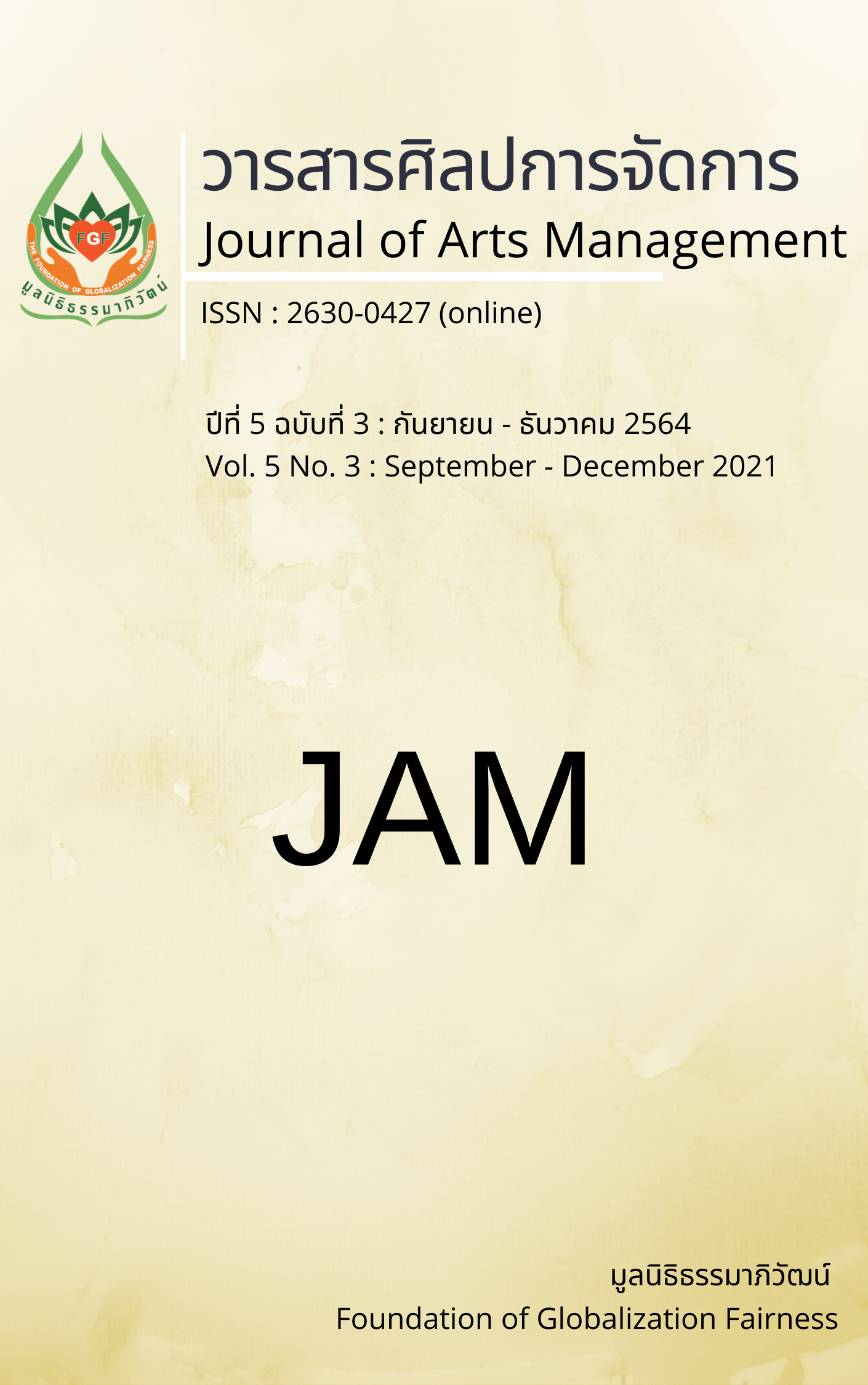Human Capital Development of Municipality School
Main Article Content
Abstract
The purposes of this research were to identify 1) factors of human capital development of municipality school; and 2) confirmation factors of human capital development of municipality school. The population were 1,121 municipality schools. The sample size of 91 was determined by Taro Yamane sample size table at the confidence level of 90% by stratified random sampling. There were four respondents from each school, consisted of the school director, deputy school director, head of personnel management, and teacher, with a total of 364. The research instruments used to collect the data were semi-structured interview, opinionnaire and questionnaire. The statistics for data analysis were frequency, percentage, arithmetic mean, standard deviation, exploratory factor analysis, and content analysis.
The findings were as follows: 1. The human capital development process of municipality school consisted of 7 factors: (1) Knowledge development of 16 variables, (2) Skill development of 14 variables, (3) Creating values of 10 variables, (4) Promoting the commitment to work for efficiency of 4 variables, (5) Promoting cultures to develop potential of 4 variables, (6) Counseling of 4 variables, and (7) Development evaluation of 4 variables.
2. The factors of human capital development of municipality school were verified to meet with accuracy standards, propriety standards, feasibility standards and utility standards.
Article Details
Views and opinions appearing in articles in the Journal of Arts of Management It is the responsibility of the author of the article. and does not constitute the view and responsibility of the editorial team I agree that the article is copyright of the Arts and Management Journal.
References
Best, J. W., & Kahn, J. V. (2006). Research in education (10th ed.). Pearson Education.
Cronbach, L. J. (1984). Essentials of psychological tests (4th ed.). Harper and Row.
Dokthaisong, B. (2008). Human capital management. Pimtawan.
Hongladarom, J. (2012). 8K's+ 5K's: Human capital of Thai people to support ASEAN community. Mr. Copy.
Karnjanasirisakul, R., & Karnjanapokin, K. (2020). Human capital management in private company that impacts the decision making of new graduated candidates. Journal of Multidisciplinary in Humanities and Social Sciences, 3(3), 548-562.
Likert, R. (1961). The human organization. McGraw-Hill.
Luepong, P. (2012). The competency development of human resource. Executive Journal, 32(4),103-108.
Nikornpittya, S., Kosonkittiumporn, S., Suttisai, W., & Poosri, S. (2015). Human capital development of Sub-district administrative organizations under the Roi-Kaen-Sara-Sin Provincial cluster. Rajabhat MahaSarakham University Journal, 9(3), 187-196.
Office of the National Economic and Social Development Board. (2017). National economic and social development plan, No. 12, 2017-2021. Office of the Prime Minister.
Santiwong, T. (2003). Human capital management (11th ed.). Prachoomchang.
Yamane, T. (1967). Statistic: An introductory analysis. Harper and Row.


